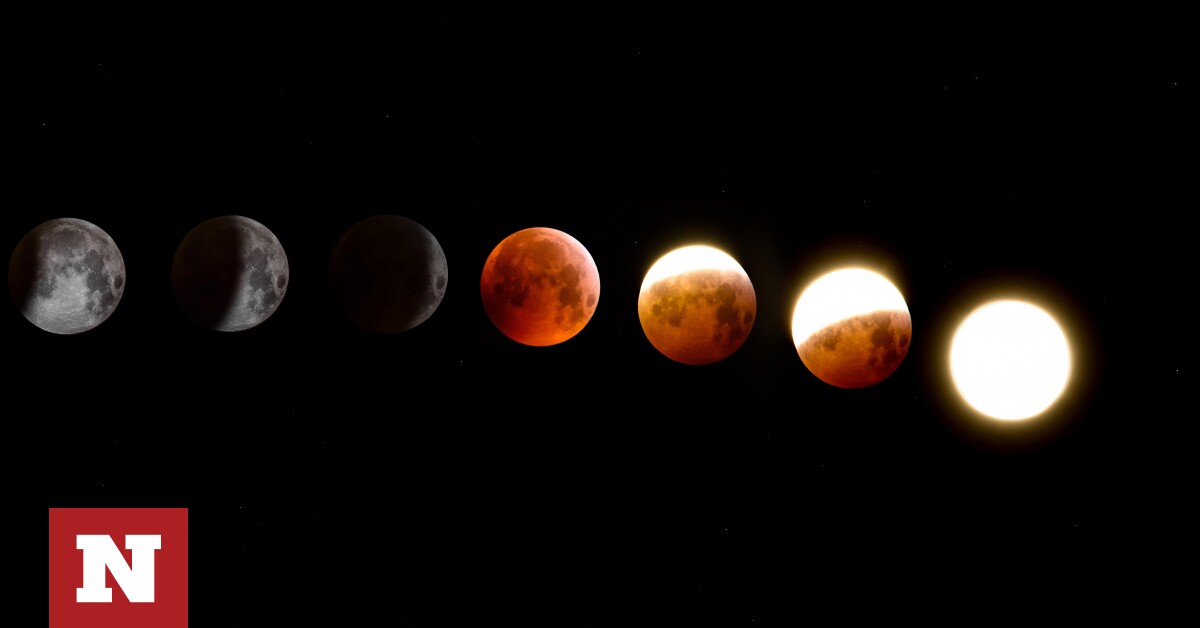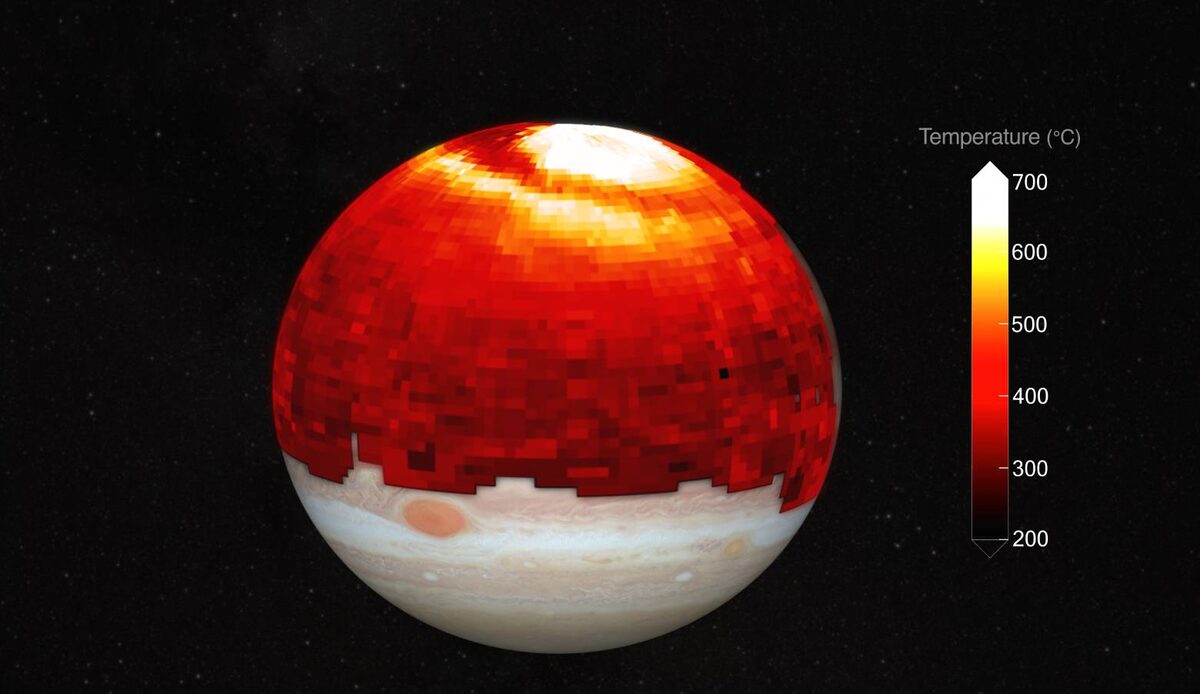
The Jupiter It will make its closest approach to Earth since 1963 on Sunday
tomorrow, Sunday 25 September, Jupiter will approach Earth at a fairly close distance. Specifically, it will come closer than at any other time in 59 years (since 1963), at a distance of approximately 591.2 million km.
according to NASAIt will be a unique opportunity for Observation Appeared on the following evenings. Jupiter is actually the brightest object in the sky after the sun and moon.
It is observed that on Monday the Sun, Earth and Jupiter will align almost perfectly, in an event that occurs every day 13 months It is called the opposition of Zeus. Then Jupiter gradually moves away from our planet and appears fainter and fainter.

It is worth noting that the file Jupiter happened Diameter It is about 11 times larger than the Earth, reaching 142,984 kilometers, while it takes about 12 years to orbit the sun. On the other hand, one revolution around itself (the length of its day) takes only ten hours, which is an astonishing speed for such a large planet.
Among other things, Jupiter has a faint ring system of countless dust particles and – like Earth – a magnetic field, a huge doughnut-shaped belt of electrically charged particles orbiting the planet. Among the approximately 80 satellites of various sizes, the largest and most famous, discovered by Galileo 412 years ago, are Io, Europa, Ganymede and Callisto.
Jupiter and the “heat wave”
Scientists have detected an unexpected “heat wave” with a temperature of 700 degrees Celsius and a length of 130,000 kilometers – nearly ten times the diameter of the Earth – in the atmosphere of Jupiter, the largest planet in our solar system. James O’Donoghue of Japan’s space agency, JAXA, made a related announcement at the “Europlanet Science Conference” in Granada, Spain.
Jupiter’s atmosphere, famous for its distinctive colorful storms, is also surprisingly hot, hundreds of degrees higher than theoretical models predict. The gas giant planet is located hundreds of millions of kilometers from the sun and receives only 4% of solar radiation compared to Earth. So, in theory, the upper atmosphere should be minus 70 degrees Celsius, but clouds at its summit have been measured at more than 400 degrees for reasons that aren’t clear.
Like Earth, Jupiter has auroras at its poles due to the solar wind. But while the aurora borealis on Earth are temporary and only occur when there is intense solar activity, the aurora borealis on Jupiter are permanent and of varying intensity. Scientists believe that the aurora borealis is the possible mechanism that explains the high temperatures in the atmosphere around Jupiter’s poles.
Then the mighty winds You pledge to publish this temperature protector around the whole planet. Scientists’ observations show that the amazing “heat wave” travels at a speed of thousands of kilometers per hour around Jupiter.
Related news
Space: For the first time, a European female astronaut will command the International Space Station
What do the images you saw from NASA mean?
NASA: The James Webb Telescope is paving the way for discoveries we never imagined

“Total alcohol fanatic. Coffee junkie. Amateur twitter evangelist. Wannabe zombie enthusiast.”





More Stories
Is this what the PS5 Pro will look like? (Image)
Finally, Windows 11 24H2 update significantly boosts AMD Ryzen – Windows 11 performance
Heart Surgeon Reveals The 4 Things He ‘Totally Avoids’ In His Life